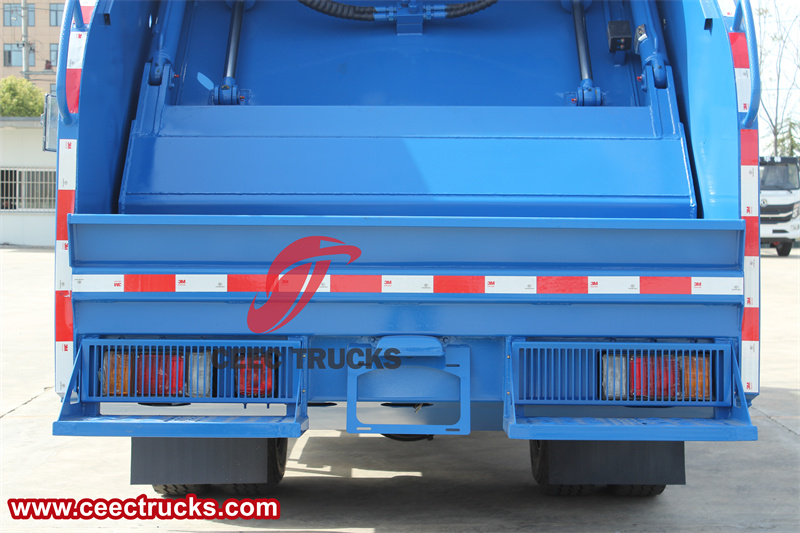
The CAN-BUS control system of the Isuzu rear loader truck is a Controller Area Network, or CAN-BUS technology control system for short. CAN-BUS is a standard for vehicle network communication, which enables information transmission and data exchange between multiple controllers.
The CEEC Isuzu rear loader truck uses CAN-BUS control system technology to connect various controllers on the Isuzu rear loader truck together and perform data transmission and communication through the CAN-BUS bus. This allows the control and monitoring of various functional components of the Isuzu rear loader truck, such as compression devices, unloading devices, joysticks, electronic displays, etc. Through the CAN-BUS control system, remote monitoring and fault diagnosis of Isuzu rear loader trucks can be realized, improving the operating efficiency and safety of Isuzu rear loader trucks.
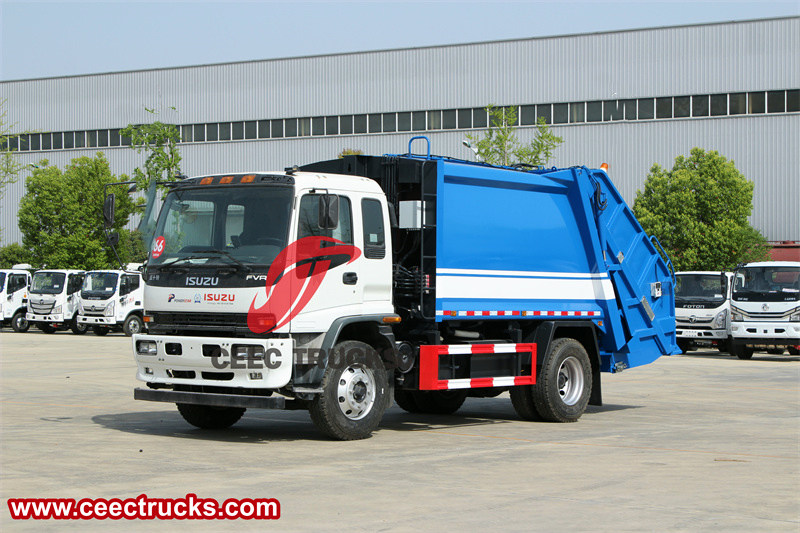
A. Working principle of CAN-BUS:
Sensors throughout the vehicle body need to monitor the vehicle status in real time and send this information to the corresponding control unit. For example, information from the air pressure sensor, engine temperature sensor, accelerator pedal position sensor, engine speed sensor and other units reaches the engine control unit, which sends corresponding instructions after analysis and processing to control the amount of fuel injected by the injector.
The control units in the vehicle do not work independently, they often need to share information to collaborate better. There is a problem of information transmission.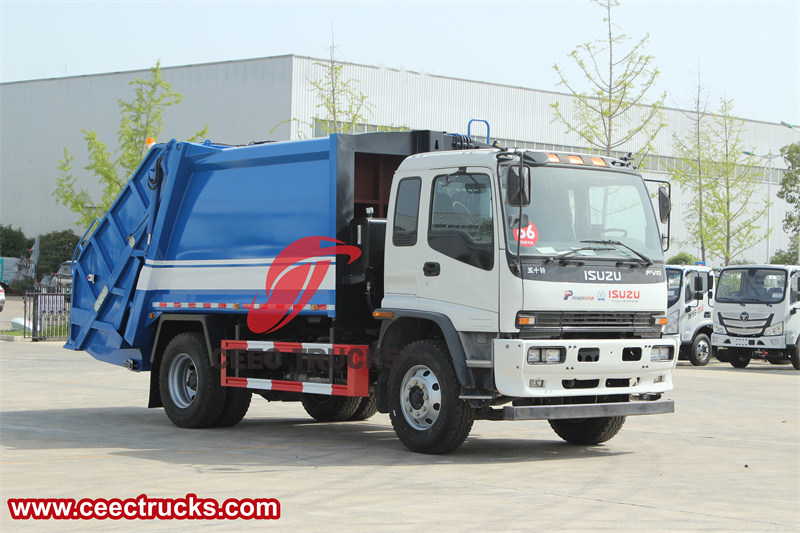
There are two main ways of communicating between control units:
1. Each piece of information is exchanged through its own independent data line. For example, if there are 5 signals that need to be transmitted between two control units, 5 independent data lines are required. The more information there is, the more cables are needed and the more pins between control units.
2. All information between control units is exchanged through two data lines. In this way, all information, regardless of capacity, can be transmitted through these two wires.
This data line is also called the CAN data bus.
The CAN bus uses a broadcast communication method without host participation. In other words, all control units can "hear" what other units are "saying" indiscriminately, but cannot send information to specific units individually - unless specially set up.
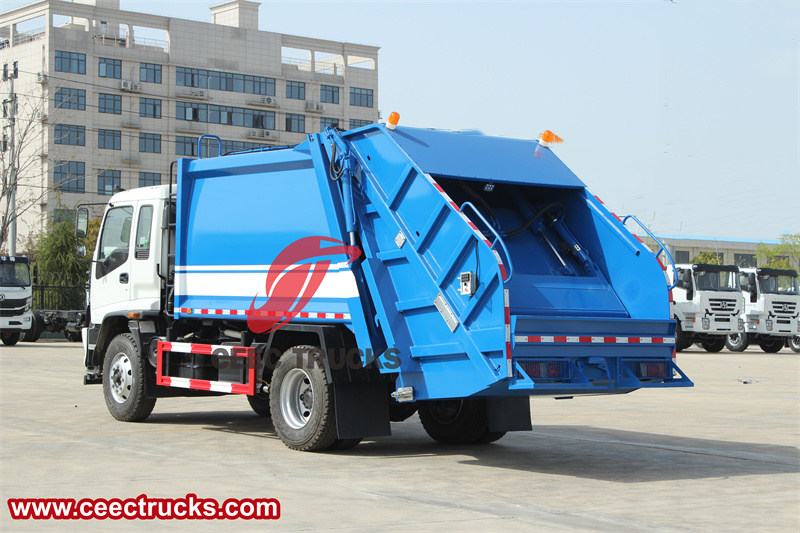
B.CAN bus vs. OBD:
The full name of OBD is On-board Diagnostics, which is a specification established in Europe and the United States for monitoring vehicle emission-related systems (such as engines and gearboxes). OBD defines the diagnostic services and data transmission formats that emission-related systems must support, and sets up a fault mechanism to facilitate recording fault information and alerting car owners.
OBD data transmission requires underlying data links as support. This underlying data link can be a CAN line or other lines such as K lines. CAN bus is the underlying data link for in-vehicle controller LAN communication, and OBD is a diagnostic system that runs based on CAN bus and is used to monitor vehicle status. At present, the OBD interface of most cars is CAN bus.

C.What are the advantages of CAN bus?
The particularity of the vehicle environment places high requirements on the ease of use, reliability and cost of the communication system. The advantages of CAN bus just meet the application needs of vehicle area network.
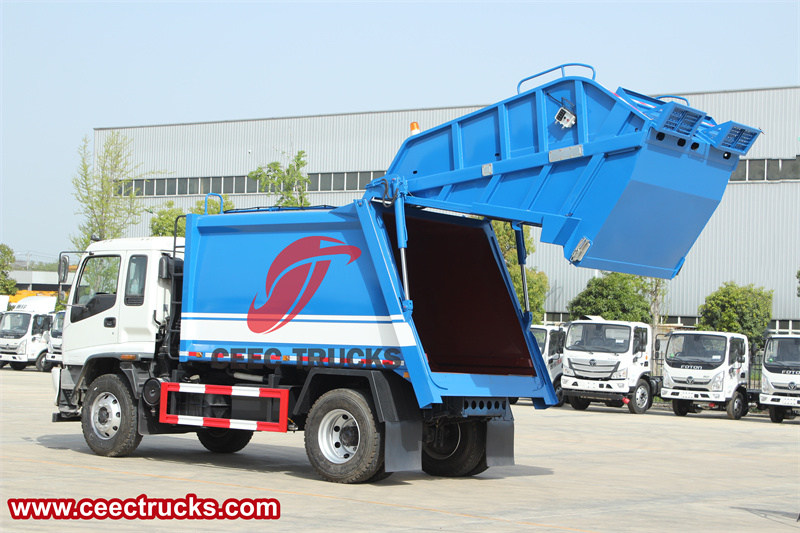
1. Easy to use and low cost
As mentioned above, through two CAN data buses, information transmission between all control units in the vehicle can be realized without the need for complex analog signal lines. This greatly reduces the weight of the car body and saves the cost of complex cable laying, thereby reducing costs.
2. Centralized management
The CAN bus communicates with all control units in the network through a single portal, enabling centralized diagnostics, data logging and configuration.
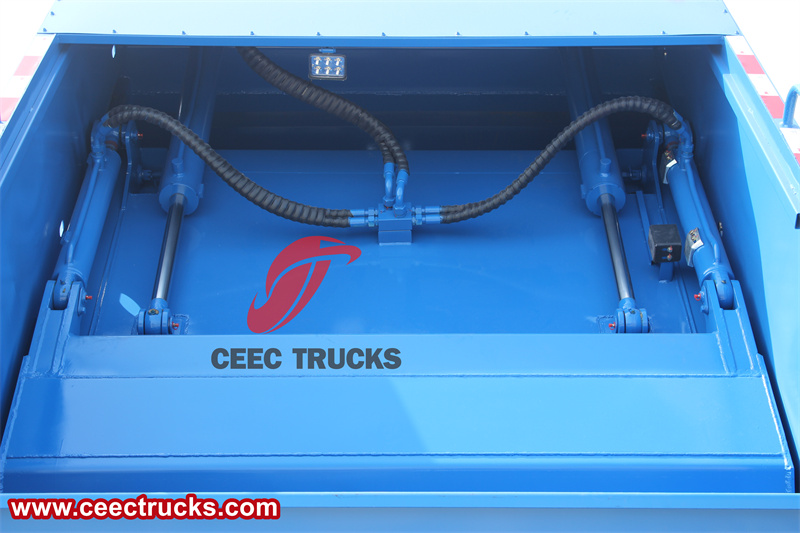
3.Sturdy and reliable
The CAN data bus is very durable and has strong resistance to electrical and electromagnetic interference. Therefore, the CAN bus can be installed on various types of vehicles. Even for vehicle applications with strict safety conditions, the CAN bus can be used for communication tasks.
4. Efficient operation
In the CAN bus system, the priority of communication is determined by ID. Data with the highest priority can be sent to the bus immediately without interfering with other data. This ensures efficient operation of the network system.
5. Easy to deploy
As a proven and industry-wide bus standard, CAN bus is supported by a mature ecosystem and can be easily installed in various vehicles.
